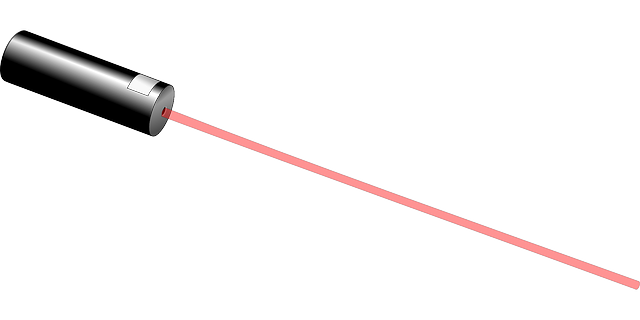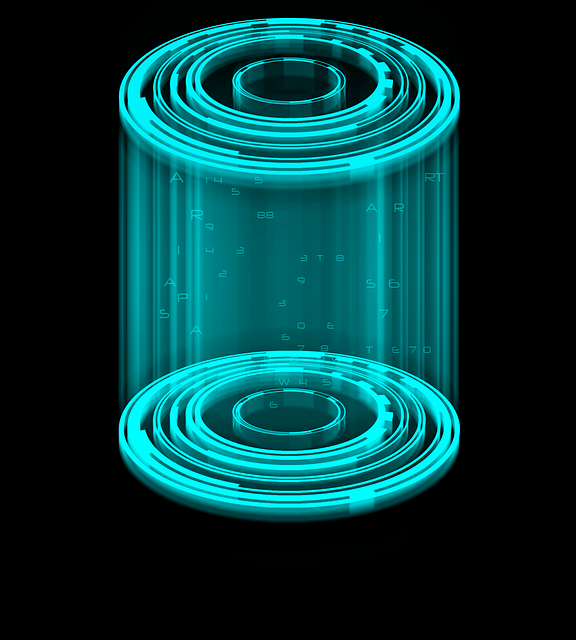Why laser is needed in holography
Dear Friends, we have already discussed laser, different types of laser, and how a hologram is formed. Today we will discuss about why a laser source is needed in Holography.

As we have discussed already that how a hologram is formed and there are two processes recording and reconstruction during this process. As recording process in holography is based on the principle of interference. For recording and for sustained interference, the path difference between various interfering light waves should always be less than the longitudinal coherence length. For ordinary light sources like mercury the coherence length is very small (≈3cm). The path difference introduced between light waves reflected from different points of an object can be much more than this value. Thus interference patterns cannot be recorded. While coherence length for laser source can be as high as 600 km. As a result, sustained interference patterns will be recorded on the hologram. Thus holograms cannot be made without a laser source.

Further, if a hologram is reconstructed using ordinary light, then the reference beam, converging rays (forming real image), and diverging rays (forming virtual image), all will be in the same direction. This creates a problem in observing the three-dimensional images, as we have to see through the other two beams. Holography using ordinary light is called ‘Inline Holography’. If a Laser source is used instead, then the three emerging beams will be in different directions. This is called ‘Off-Line Holography’. It allows us to observe one kind of beam at a time.
This is the reason that a laser is needed in holography.